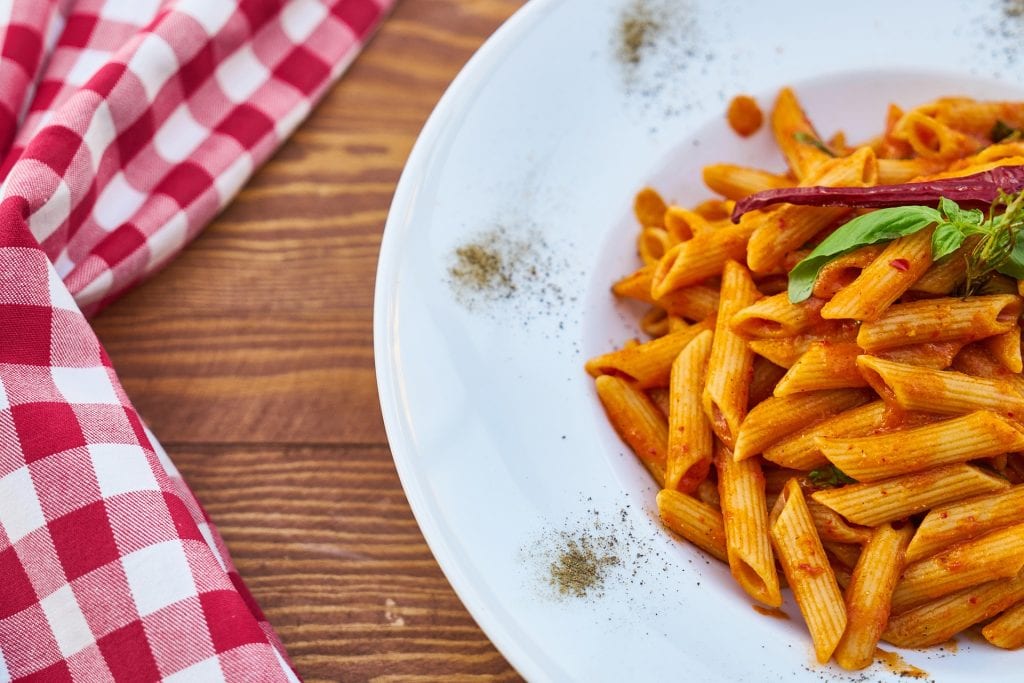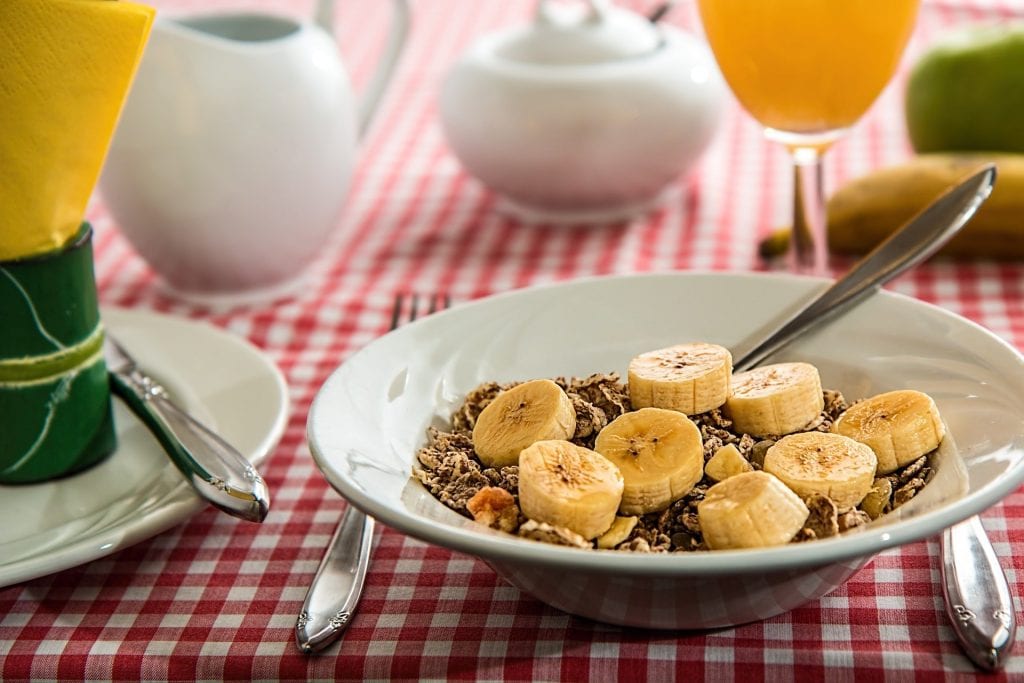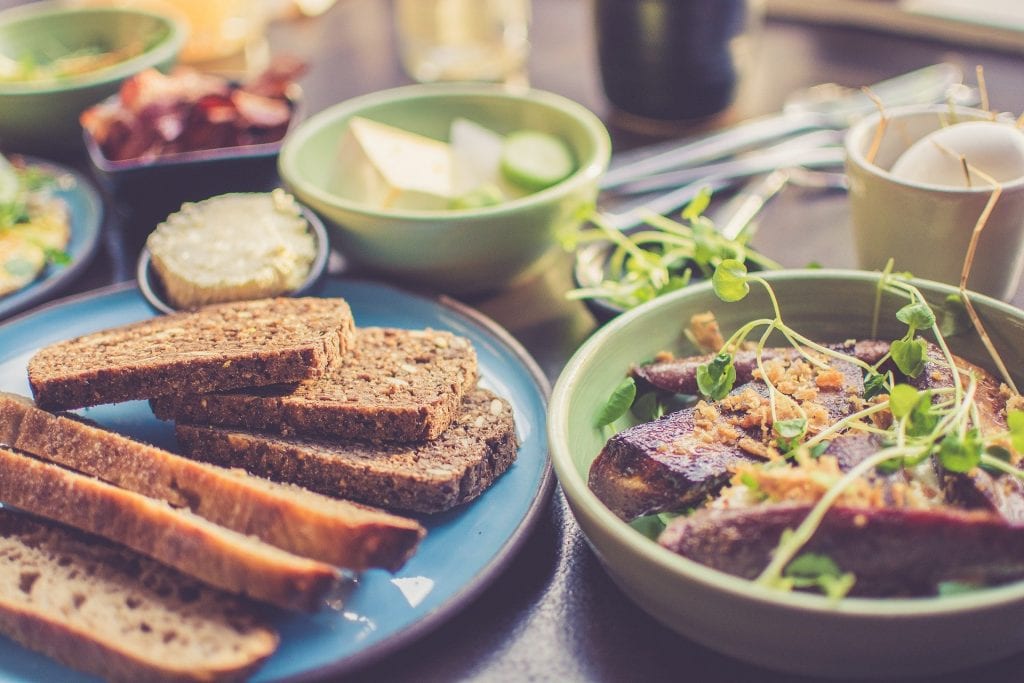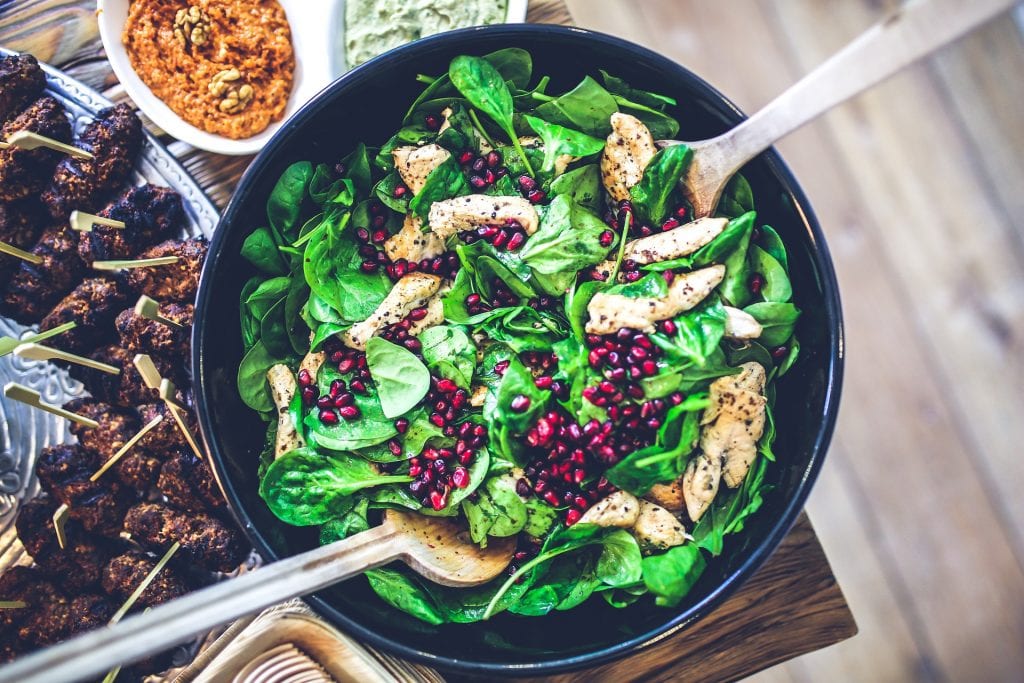The Best and Worst Food and Drink when you Have Gastritis
When people first get diagnosed with gastritis they often carry on eating and drinking in the same way as they always have. Many are reluctant to change their ways and give up their beloved coffee, their favourite bar of chocolate or that delicious pizza on a Friday night. Unfortunately, diet has a huge bearing on how quickly your stomach will heal.
When I first had issues I wasn’t prepared to give up drinking alcohol, even though I suspected this wasn’t helping.
Sitting in the garden on a summers evening with an Aperol spritz or a chilled glass of white wine was heaven and the thought of giving that up was so hard.
So I didn’t change anything for a long time, I would have my PPI’s and start to feel better, stop taking them and be ok for a week or two, then BAM another flare-up would hit me.
It took me 3 or 4 repeats of this cycle to realise something needed to change rather than just popping pills and hoping for the best.
My diet wasn’t bad, I ate fairly healthy, having plenty of fruit and vegetables but I wasn’t aware that some of the meals I was eating were just bad news for Gastritis.
For example, one of my favourites meals was Spaghetti bolognese, but I never felt great after eating it, I’ve realised that the combination of Tomatoes, onions and garlic were just a recipe for disaster for me, so its something I have said goodbye to for now.
Food and Drink to avoid
Coffee
I know it’s a struggle, especially for people that drink a lot each day but you really do need to try and cut back or ideally give up completely.
Coffee is highly acidic and also contains caffeine which can irritate the stomach lining. Many people think swapping to decaffeinated coffee will be ok, but unfortunately, this is still acidic and should be avoided until you are completely healed.
So what are the options if you really need your daily fix? Well, lots of people use chicory root alternatives, it tastes pretty good and you at least feel like you are having a cup of coffee. I have recently purchased this whole earth one and it’s really tasty.
On the whole, though I have changed my daily hot drink to Chamomile and Ginger tea, it took me a while to stop yearning for coffee but now I don’t miss it anymore and feel all the better for it.
Alcohol
As mentioned above Alcohol will certainly stop you healing and really needs to be avoided at least in the first 90 days of the healing phase.
When you have felt better for quite some time and you want to introduce the occasional drink, have a look at this page for advice on alcohol that’s gentler on the stomach.
Carbonated soft drinks
Fizzy drinks should be avoided, most contain Citric acid which is bad for your stomach as well as sugar. Carbonated drinks are also an issue, this even includes sparkling water.
Fatty foods
Foods that contain a lot of fat take a long time to digest and therefore its recommended a low-fat diet is followed.
Dairy
Dairy foods increase the acid production in the stomach while at the same time the high fat slows down the digestion, so not a good combination. It’s fairly easy these days to get cows milk alternatives, I use Almond milk and find I now prefer it to cows milk.
You can even buy dairy-free spread and ice creams in most supermarkets these days. So it’s not too hard to make this change.
Certain vegetables
There are lots of vegetables that are perfectly fine for Gastritis and an important part of healing. But some that should be avoided are Tomatoes, onions, garlic and bell peppers and pickles.
No – Tomato sauce
This is likely to be why Spaghetti bolognese had such a negative impact on my stomach. If you really miss pasta sauce as I did I have a recipe that I use that contains none of the above ingredients, it’s actually really tasty and looks exactly like a tomato sauce. No – Tomato sauce

These are just a few of things you should avoid, although there are many other foods that could be giving you issues without you realising they are the culprit. So I would definitely start following a diet for Gastritis now and cut out the common trigger foods.
It can be very daunting to do this, and the thought of several months of not eating your favourite foods is not a pleasant one, but if you can stick to it and give your stomach time to heal it will hopefully mean in the future you can enjoy all the things you enjoy without pain and discomfort.
Foods to eat
Bone broth – very soothing on your stomach, especially during a flare-up.
High fibre foods – Vegetables such as Broccoli, green beans and cabbage.
Whole-grain foods – such as brown pasta and rice.
Fruits – Fruits are more difficult with gastritis, especially Citrus fruits which are too acidic. Watermelons and bananas are usually ok as are less acidic.
Low-fat foods – lean meat and fish, avoid processed meats.
Probiotic foods – kombucha, kimchi and sauerkraut – These are full of healthy bacteria, which has lots of benefits for your gut.
How to heal with your diet
Follow a diet book
The best thing I did was buy a copy of ‘The Gastritis healing book’ which is full of safe foods and meal plans, all the recipes in the book are designed to not irritate the stomach, foods that are low acid (PH higher than 5).
This book guides you through a healing phase, where there is meal plans, tips and recipes. The amount of information is brilliant and I started to see results only weeks after reading the book and following the diet.
The only issue I have found with all Gastritis diets is that everyone has different trigger foods. The Facebook groups I belong to are a good example of this.
People will recommend what works for them, such as oats for breakfast or avocado on toast for lunch, but for all the people these foods work for there will be just as many for whom it’s a trigger and will give them pain and bloating.

Bananas is one I see time and time again, these feature quite a bit in the recipes for Gastritis and for many sufferers it’s the one thing they can eat without issues, but some people can’t tolerate them at all.
I find I can eat them without issue now but when I am in the middle of a flare-up I definitely don’t well with them, and won’t touch them at all.
So all in all this makes things really tricky and which is why it’s a very tricky journey discovering what works for you, and finding out what are your particular triggers.
This is why ‘The Gastritis healing book’ is so useful and the recipes are generally foods that most sufferers can eat without any issues, plainer, blander food, that cuts out common triggers such as dairy and Gluten.

You stick with the healing phase for 90 days and then after that you gradually introduce food back into your diet, so it’s a great way to find out what may be a trigger for you.
Feeding the family
The other thing that makes the process harder is if you still have to cook for your family which I did.
I generally would try and cook the same meal for us all, but just tweak it so that I would have mine without the added spices and flavours, cooking mine in another smaller pan. At least then I felt like we were all enjoying and sharing the same meal.
Make that change
It took me a long time to realise that diet change was the only way things would improve and putting off making the changes just seemed so much easier.
But once I decided enough was enough and started on the journey it really wasn’t that bad, and even after healing I still stick to many of the changes, such as not having coffee and just drinking occasionally, and weirdly don’t miss them half as much as I thought I would.



This post could help so many! I love posts like this.. and Thank you for putting the book recommendation out there. Wishing you well.
Thanks Lisamarie, the book is really helpful, certainly helped me with my Gastritis.
Hi Emma, I would say about 6 months in all. This was with me being very strict with my diet, taking some supplements and avoiding all alcohol. It isn’t easy but it’s certainly possible.
Do you still take the Pump Inhibitors daily? Once you were healed, have you been able to enjoy Summer eve wines, again, at least on an occasional basis? And, once healed, could you have the occasional Holliday family meal or things with tomato sauce?
No I don’t take PPIs anymore, my stomach feels normal now and I can eat and drink what I want, including alcohol. The only thing I don’t have is coffee as my body just doesn’t tolerate it well.
did you have erosive gastritis? I’ve been diagnosed with it and put on Pantoprazole. I really don’t like taking it but I don’t know where to start with supplements and diet. any tip that could help me I struggling to eat please?
Hi Donna, sorry for the delay in getting back to you. How are you feeling now? Are you still taking the Pantoprazole? I would usually have Lansoprazole, and taken for a short time did really help me. After a few weeks I would introduce some supplements. I found Zinc L carnosine and slippery elm really helped.